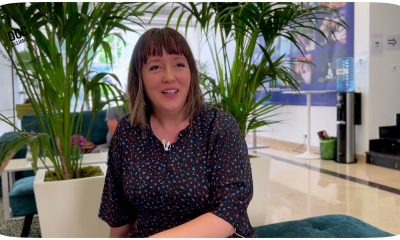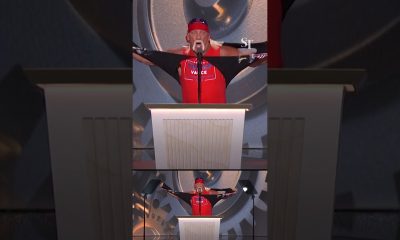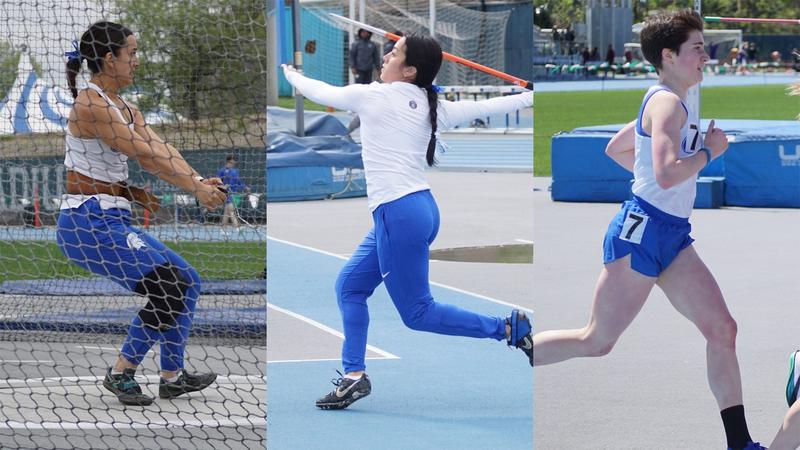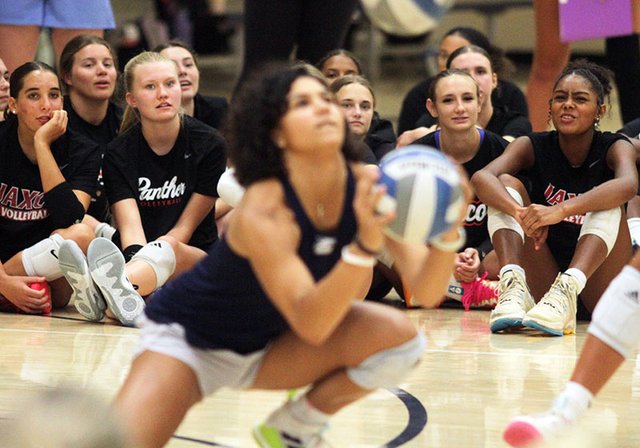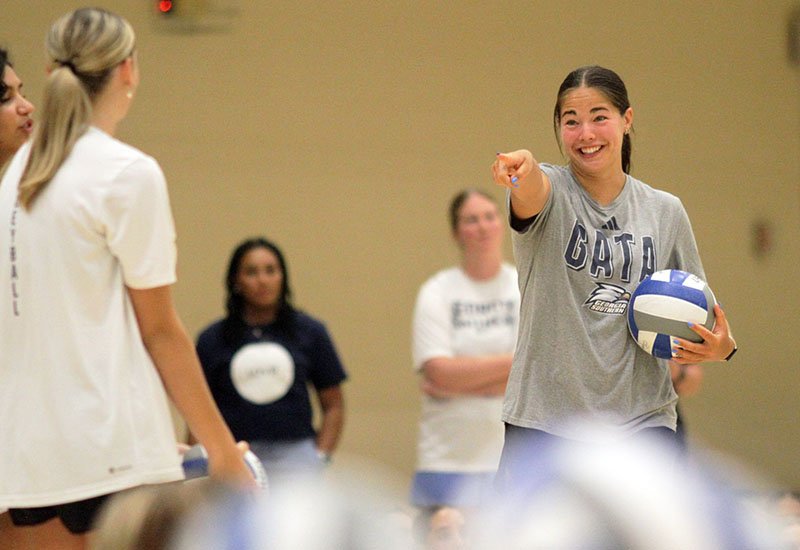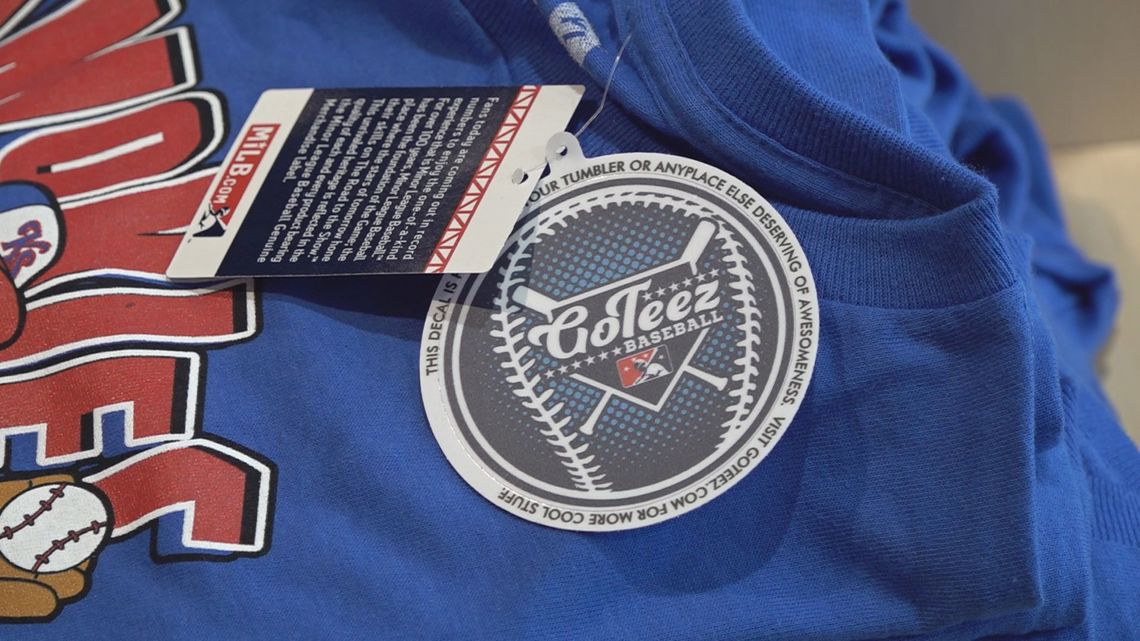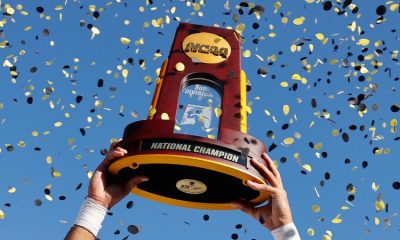Colorado State University’s art and art history department recently welcomed Greg Dickinson, a professor from the communication studies department, as the new chair.
Dickinson was announced interim chair through a post on the College of Liberal Arts Dean Kjerstin Thorson’s Instagram July 7, alongside two other new chair appointments.
In addition to being chair of the department of communication studies, Dickinson is the founding director of the Joe Blake Center for Engaged Humanities: a multidisciplinary research center focused on subjects in the humanities, such as history, rhetoric, English, philosophy and art history.
The Blake Center is slated to receive a space on the second floor of the revitalized B wing of the Andrew G. Clark Building following renovations, alongside the Center for Public Deliberation and other liberal arts research and engagement centers, Dickinson said.
“I have some experience having been chair,” Dickinson said. “And, gosh, being chair is not the sort of thing that really anybody knows — unless you’ve done it — what it means. And certainly undergraduate students or graduate students don’t know what it means.”
Dickinson’s academic career includes experience researching and writing about the intersection between communications and art, something he believes lends himself to the job of interim chair.
“When you think of communication studies, you don’t think of buildings or visual art,” Dickinson said. “But if you’ve taken a visual communication class, then suddenly you realize how communicative the visual is and how communicative space is. And so I’ve spent almost all my career writing about things like museums, including art museums, (and) everyday places like coffee shops and churches. … I have this passion for the visual, for beauty, for our embodied responses to the world.”
Dickinson’s appointment as chair will last through the next school year as the department and College of Liberal Arts continue restructuring the requirements for the bachelor of fine arts degree, which will allow for more flexibility across artistic disciplines.
“Many artists, in fact, move across disciplines,” Dickinson said. “They paint; they want to do some metalsmithing. They think, even though they want to do those things, they understand that they might get a job in graphic design. And so we want to build a BFA that has more ways for students to move through the degree.”
Part of the curriculum’s restructuring will provide flexibility for students who join the art department later than their first semester, including exploratory studies or transfer students.
“Creative people don’t just do one kind of thing,” Dickinson said. “(And) it’s a little hard to get into the major a little later in college. And so (the restructuring) also has to do with being responsive to who we are as Colorado State University as compared to, say, a small art school.”
Dickinson said he had been exploring interdisciplinary collaboration opportunities for the art department, largely drawing inspiration from the CSU Annual Flower Trial Gardens and other scientific-based fields on campus. Other goals for the department include a one-year lecture series on the nature of matter versus the matter of nature.
“A lot of art departments won’t have metalsmithing or they won’t have both drawing and painting, and so the actual get-your-hands-dirty thing is possible here,” Dickinson said. “So to hold onto that and also allow people to kind of move through the degree with some fluidity so that we’re asking really pretty deep questions about, ‘What is art? What is art education? What do we think somebody with a BFA in art needs to have?’”
As a new class of art and art history students enter CSU, Dickinson invites them to continue creating and broadening their definitions of art through the department, especially amid polarization.
“How are we going to make our world together? And that making is partly the things that are out of sociology or political science — the making of our political world — but I also mean the actual material making of our world,” Dickinson said. “What should our neighborhoods look like? What should our art look like? What should our advertising do for us? How does that engage us as humans, as individuals (and) as societies? How does that bring us together? How does that push us apart? And so if you come to the art and art history department, you’ll both actually make stuff in the world and also think about: ‘What does this making do? How does this making matter?’”
Reach Allie Seibel at entertainment@collegian.com or on social media @allie_seibel_.













